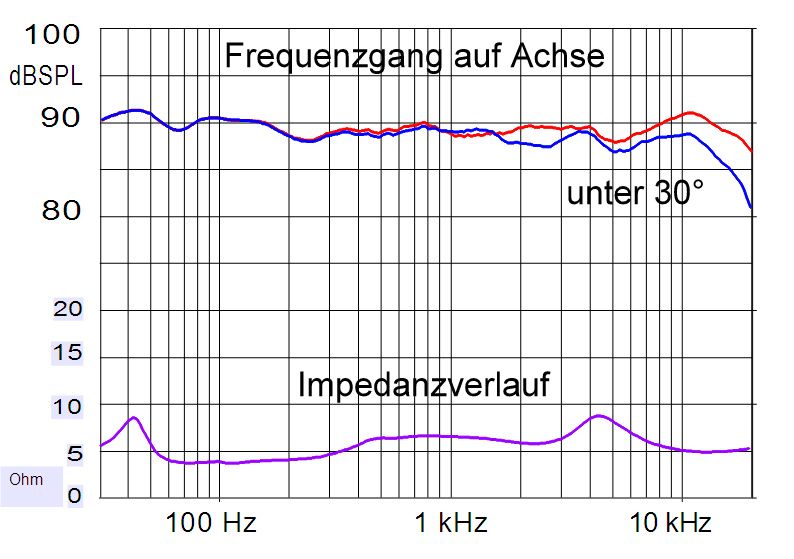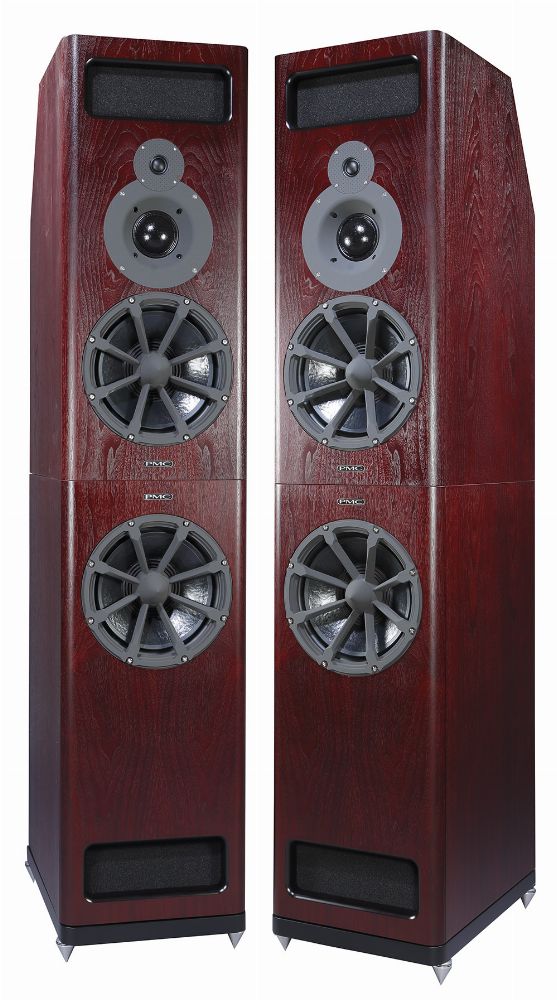tuga
Major Contributor
C'mon man! I'm genuinely curious...clue me in because I'm missing something. lol
I had always wondered why the spectrum had that tilt from bass to treble and it was fun to learn it followed the spectrum of
I posted those two examples to illustrate infinitesymphony's.
If I'm not mistaken the classical music example shows some roll-off above 2kHz because instruments are mic'ed more distantly.
Last edited:



